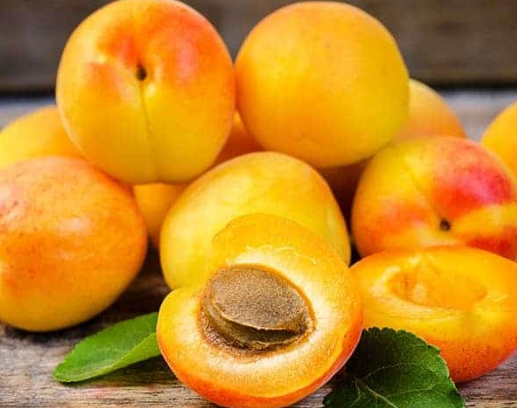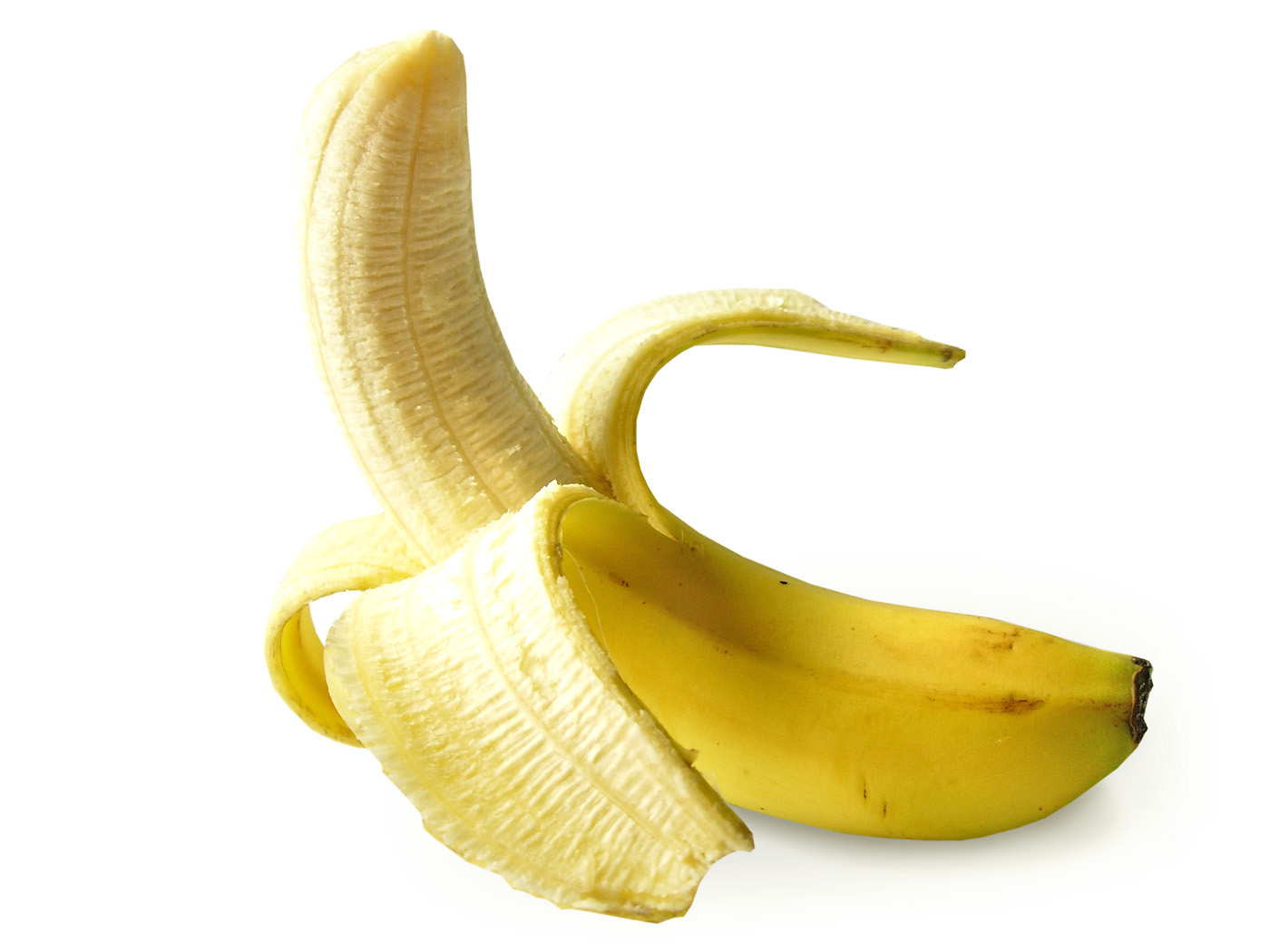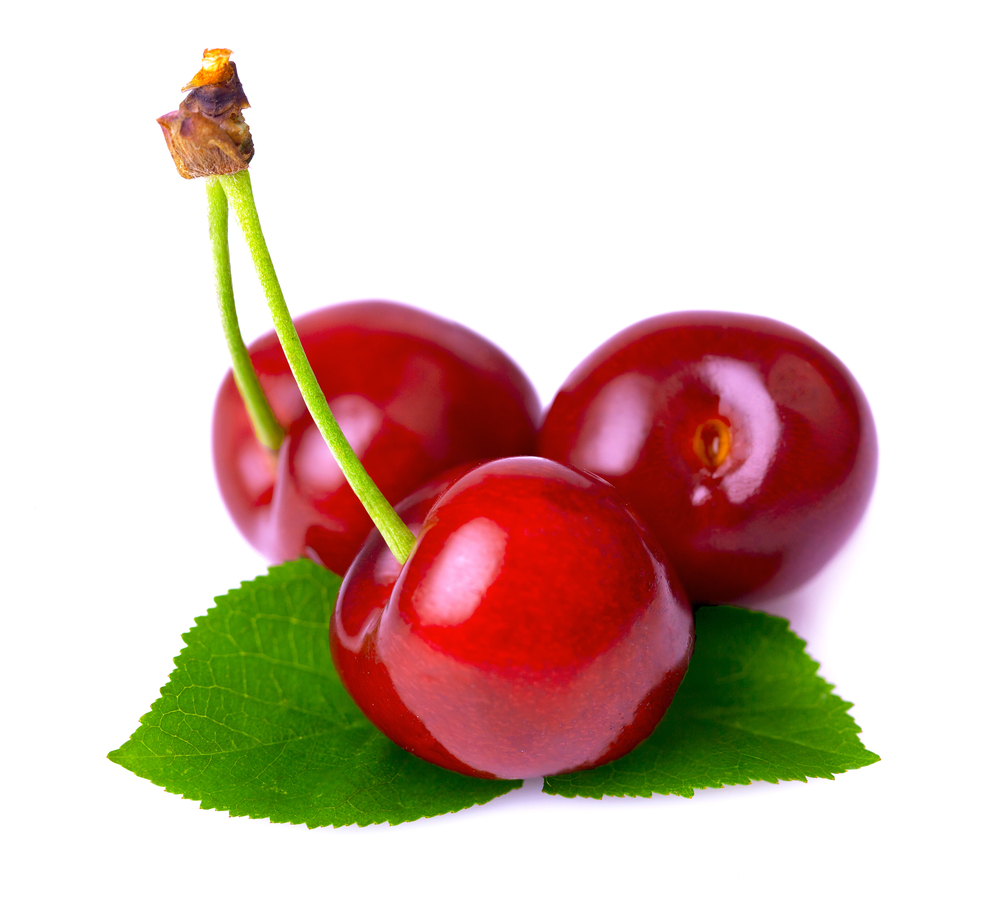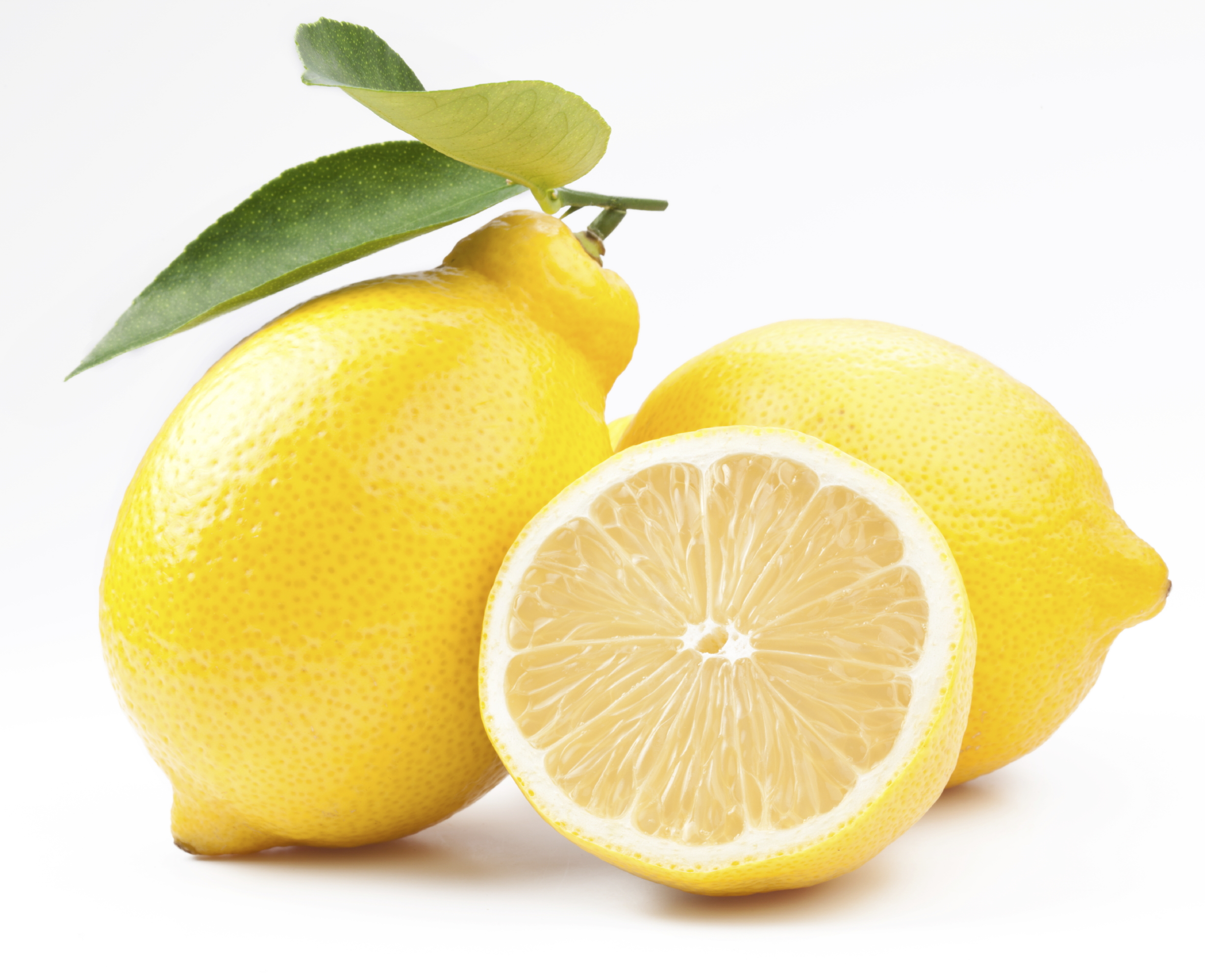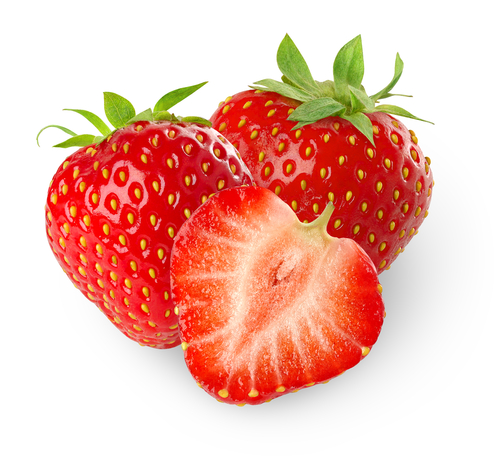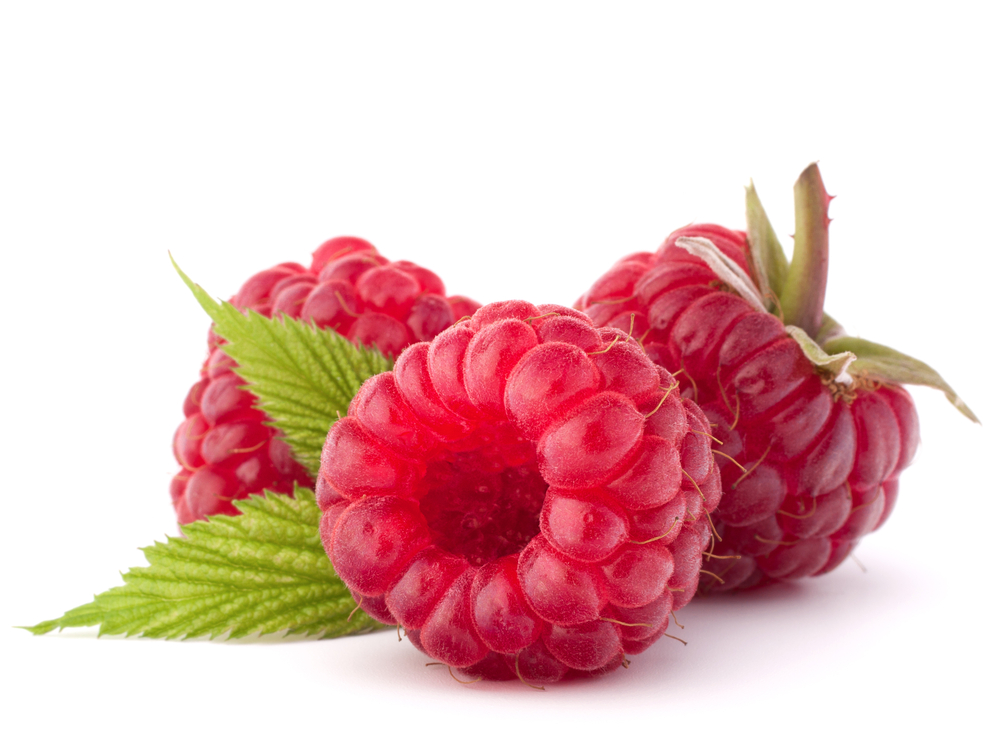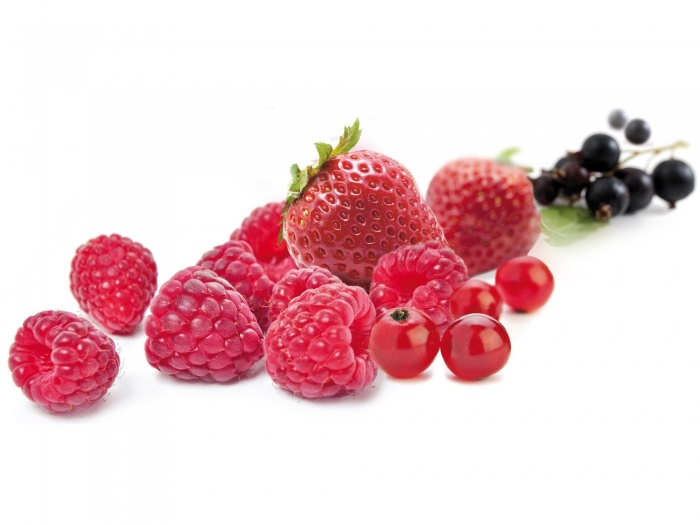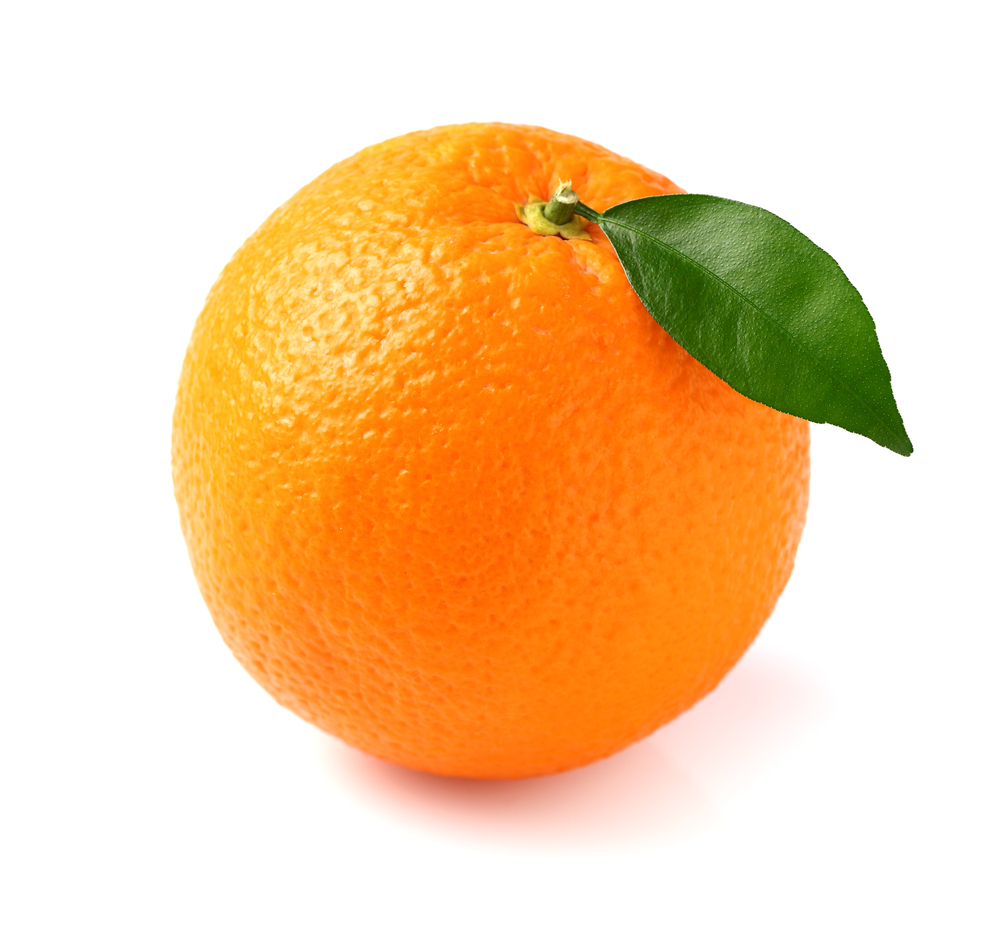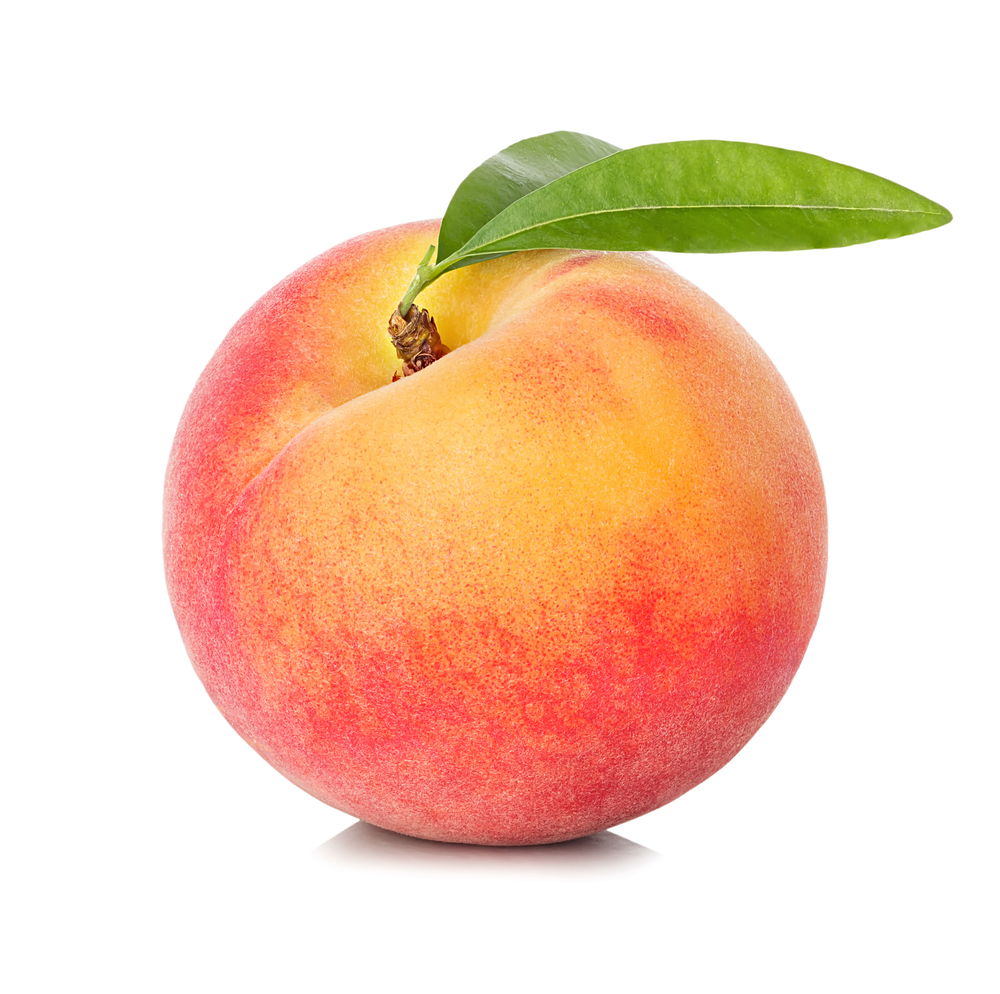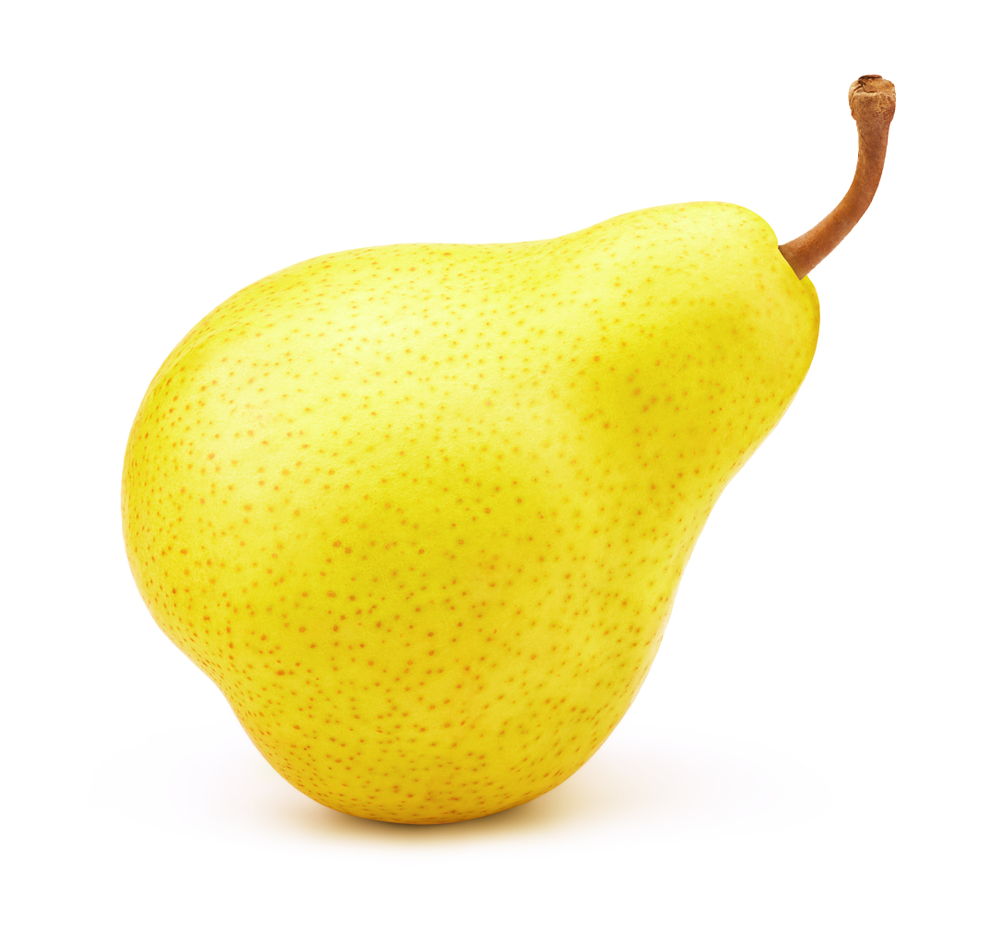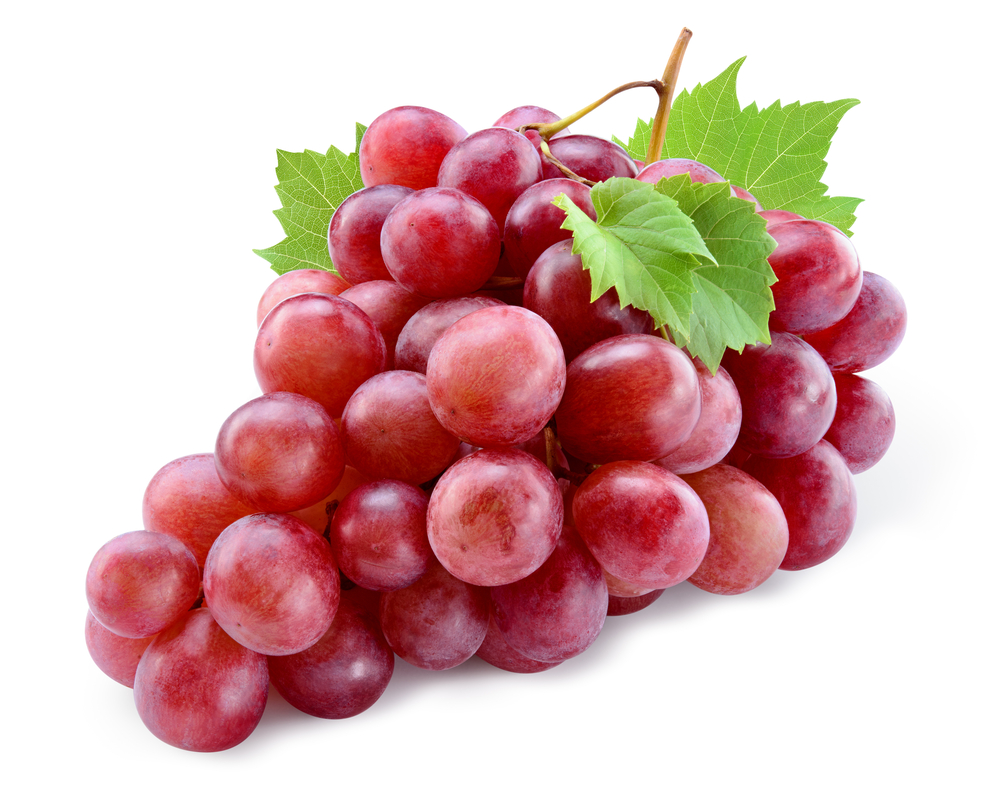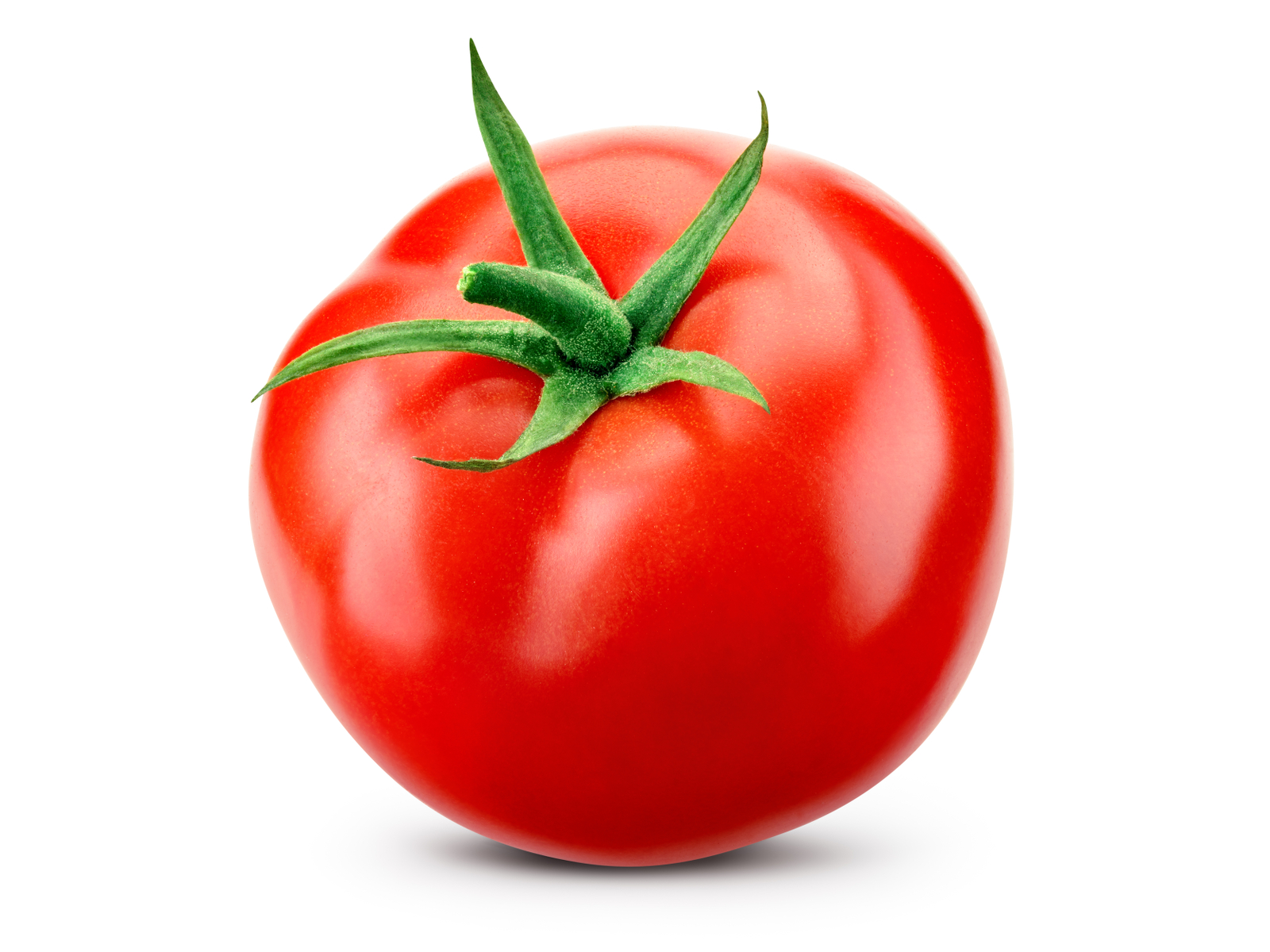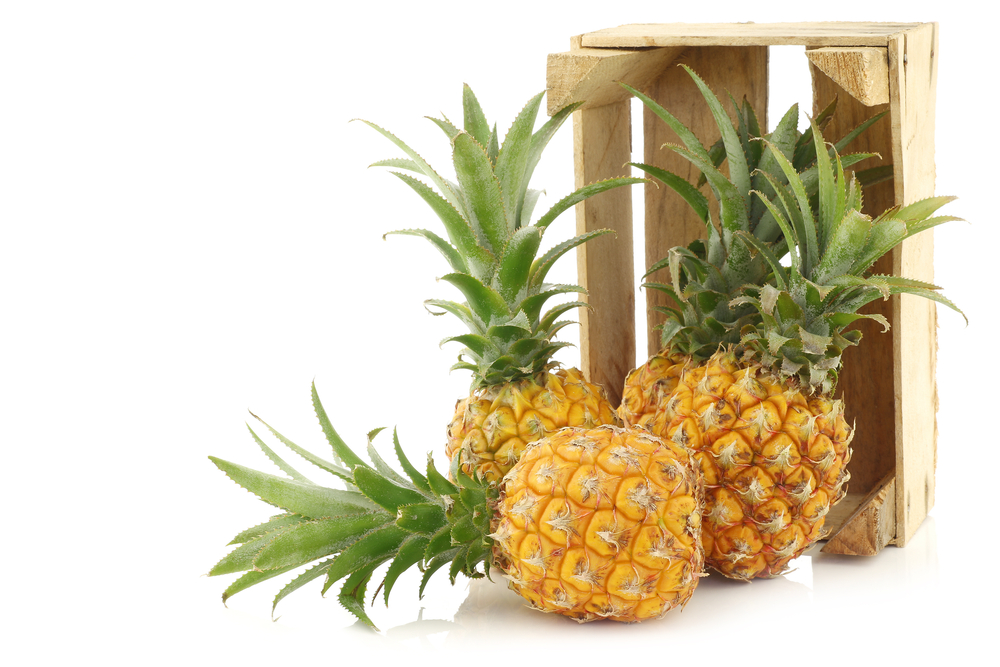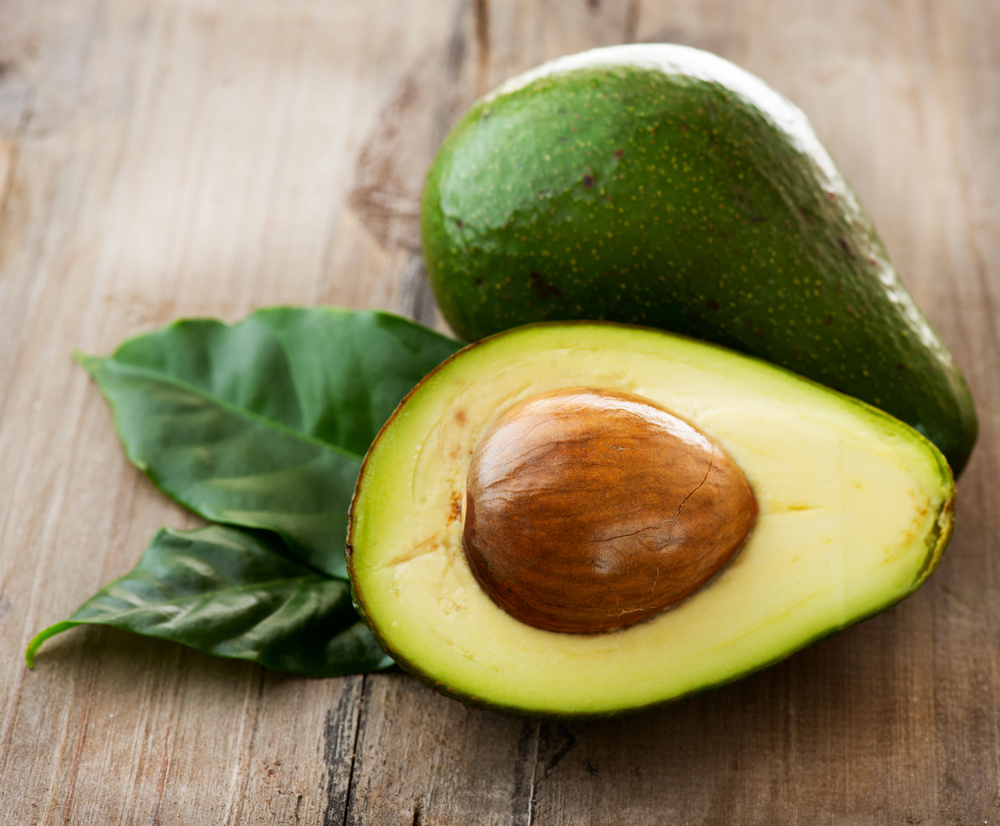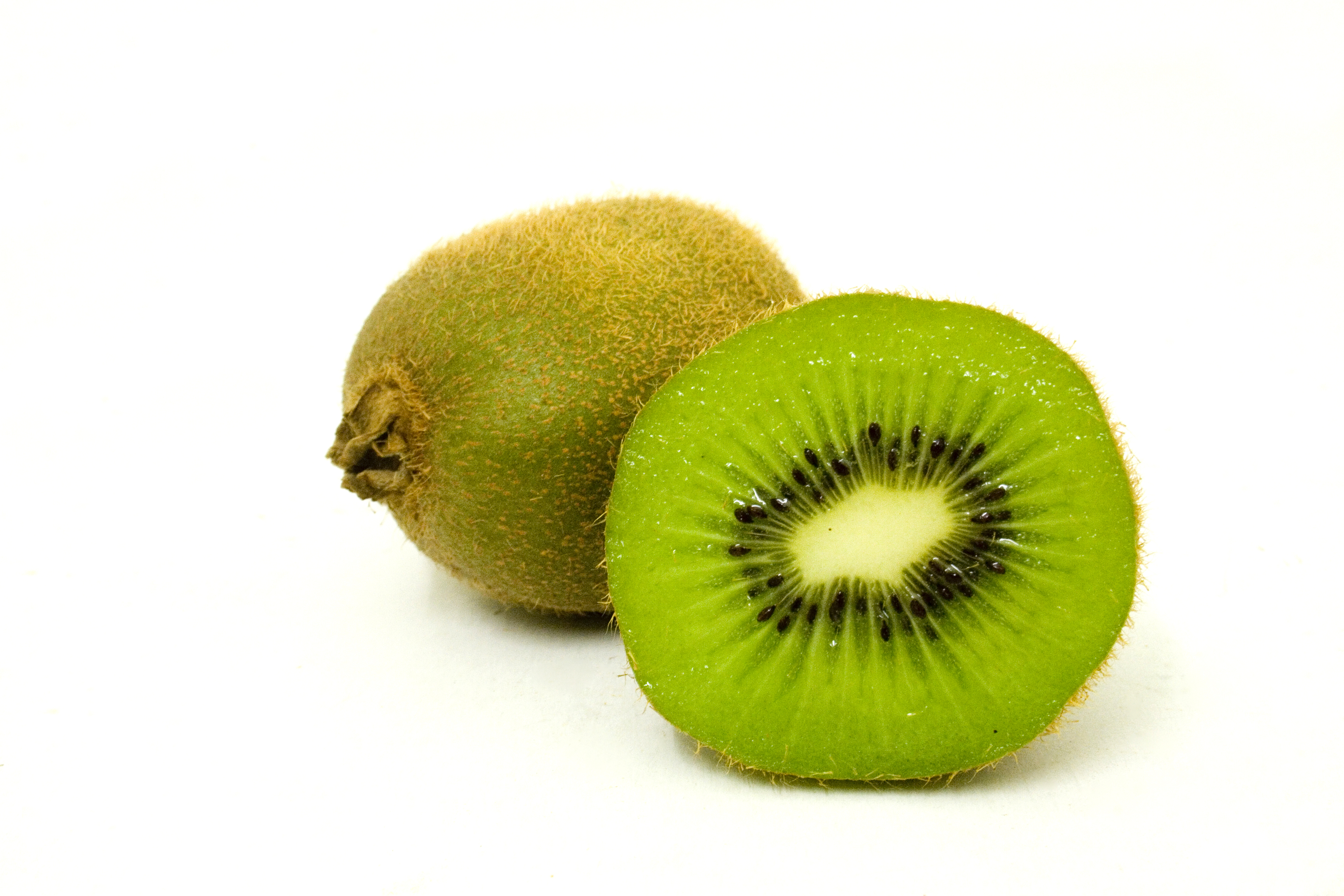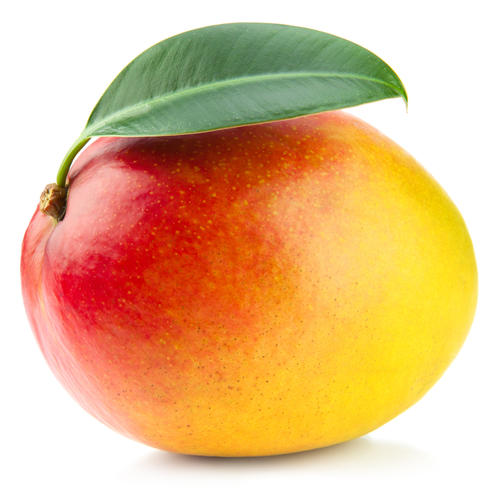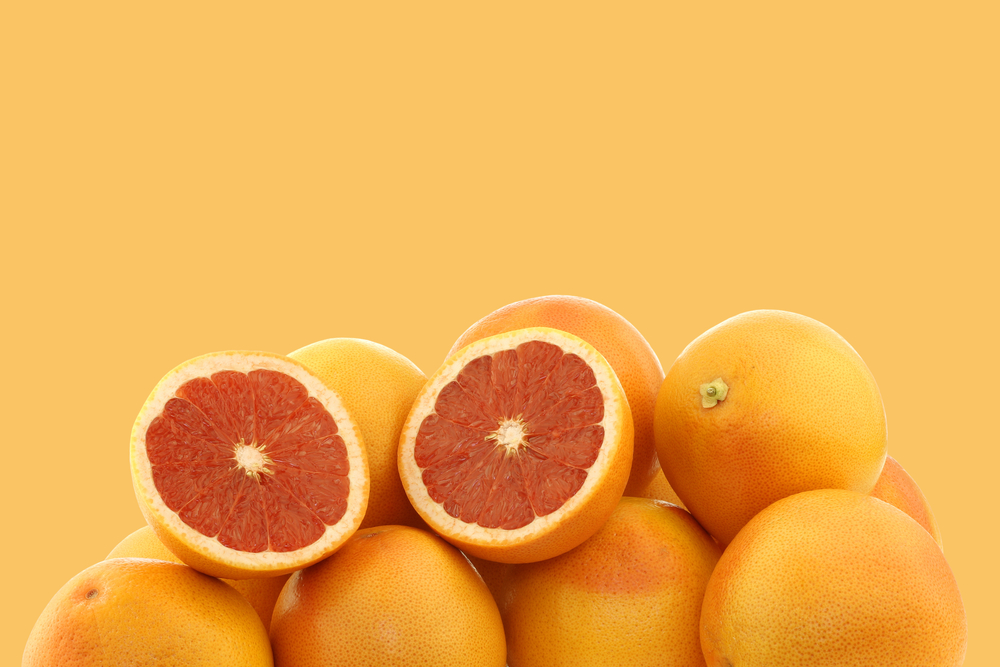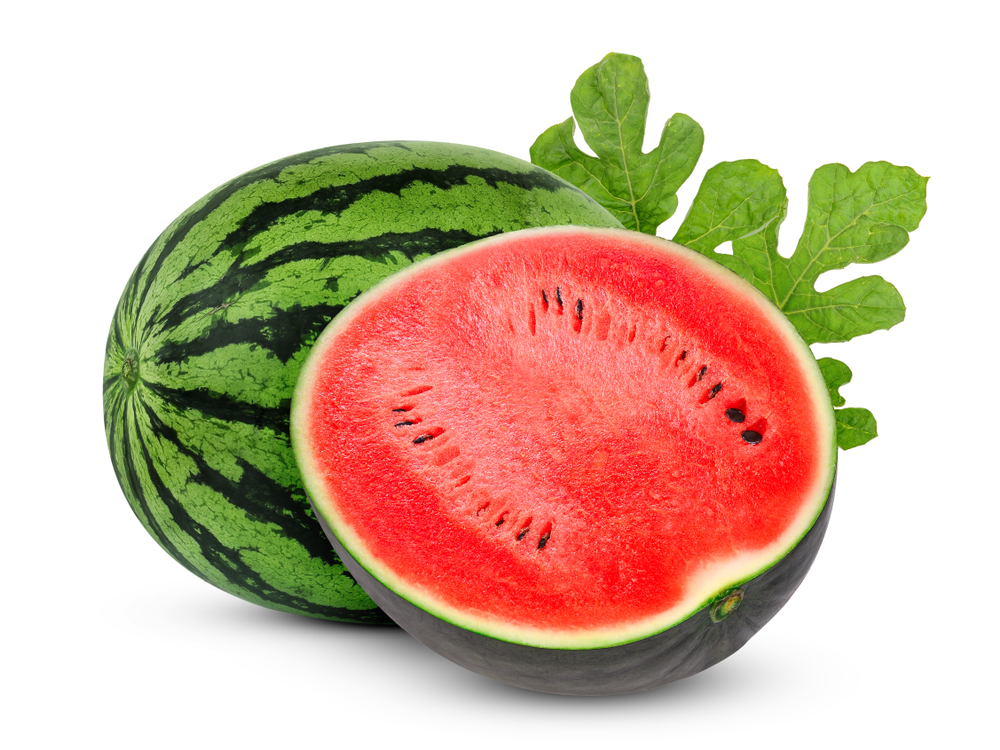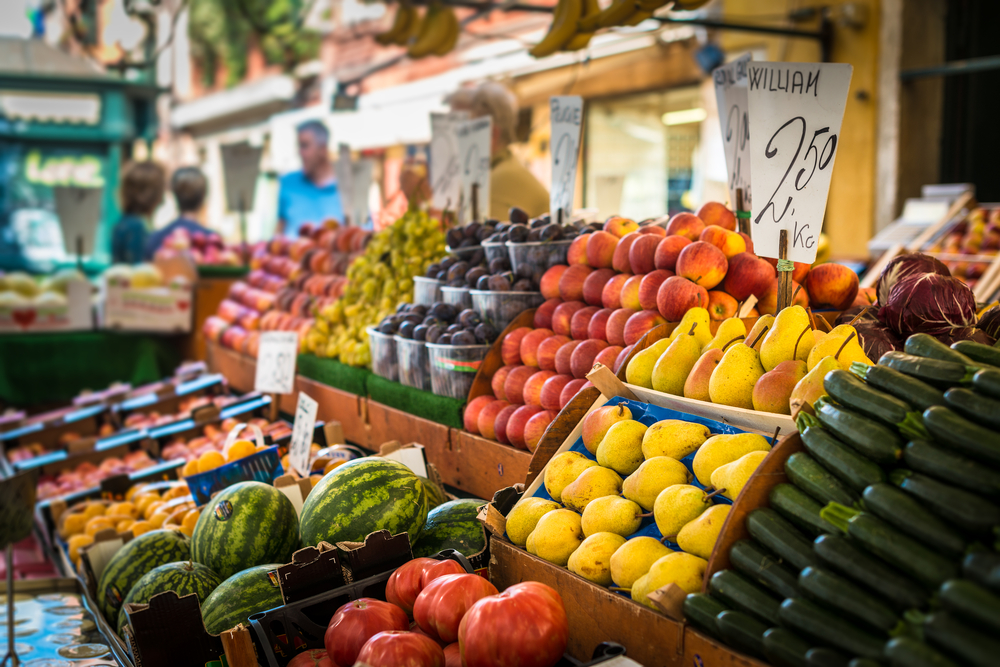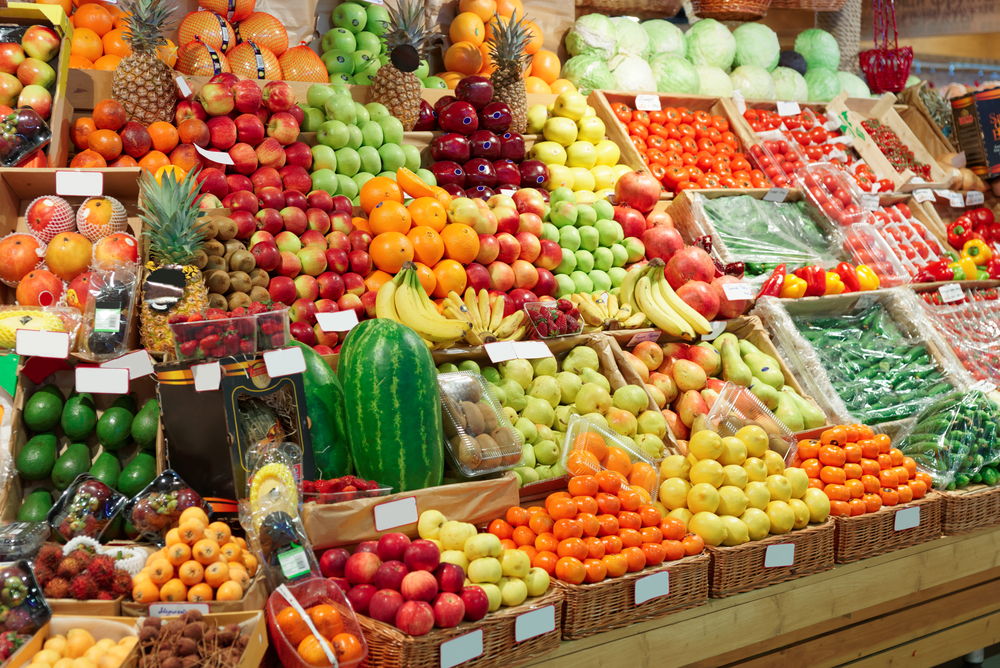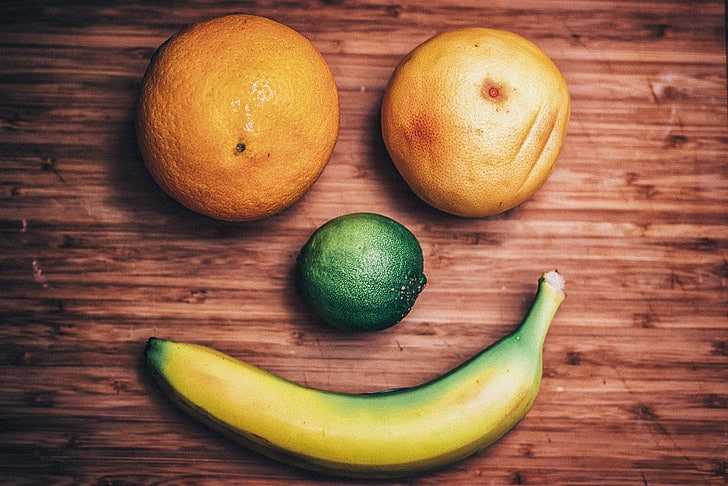
Fruits in French: 38 Fruit Names
The French value good food, and that includes fruit—whether it’s a glass of fresh-squeezed jus d’orange (orange juice), des raisins (grapes) with lunch or une tarte aux pommes (apple tart).
There are even several funny French expressions featuring fruit.
Are you hungry—I mean, ready—to add some fruit to your French?
Here, we’ll introduce you to 38 fruits in French, teach you about buying fruit in France and help you talk about fruit in drinks and food.
Download: This blog post is available as a convenient and portable PDF that you can take anywhere. Click here to get a copy. (Download)
Contents
- The Most Common Fruits in French
- Adventurous Fruits in French
- How to Buy Fruit in France
- How to Talk About Fruit in Drinks and Cuisine
- Where to Practice Fruits in French
- And one more thing...
The Most Common Fruits in French
We’ll start with some of the fruits most commonly consumed in France on their own, as part of a dish or both.
1. Un abricot (An apricot)
2. Une banane (A banana)
3. Un cassis (A blackcurrant)
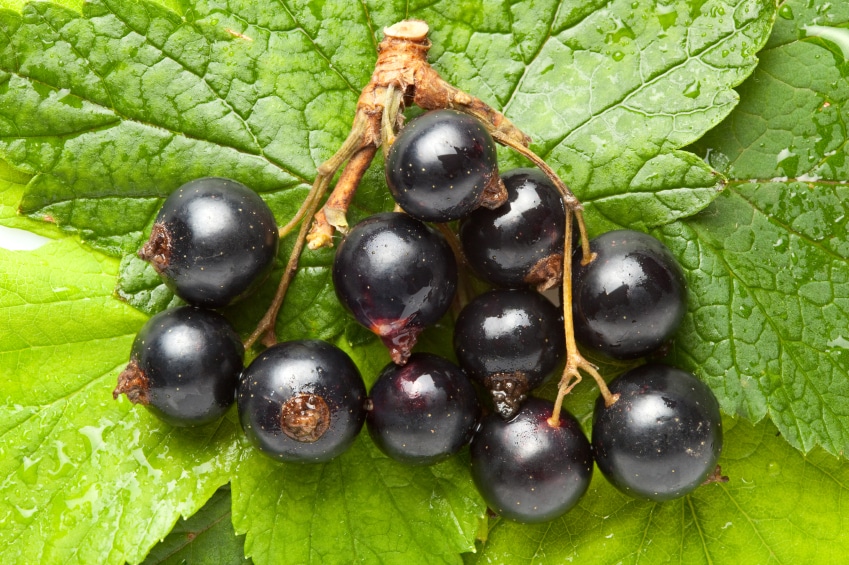
4. Une cerise (A cherry)
5. Un citron (A lemon)
6. Une fraise (A strawberry)
7. Une framboise (A raspberry)
8. Les fruits rouges (Red berries)
This term, literally “red fruits,” refers to a mix of berries, such as strawberries or raspberries, and is commonly associated with baked goods.
9. Une groseille à maquereau (A gooseberry)
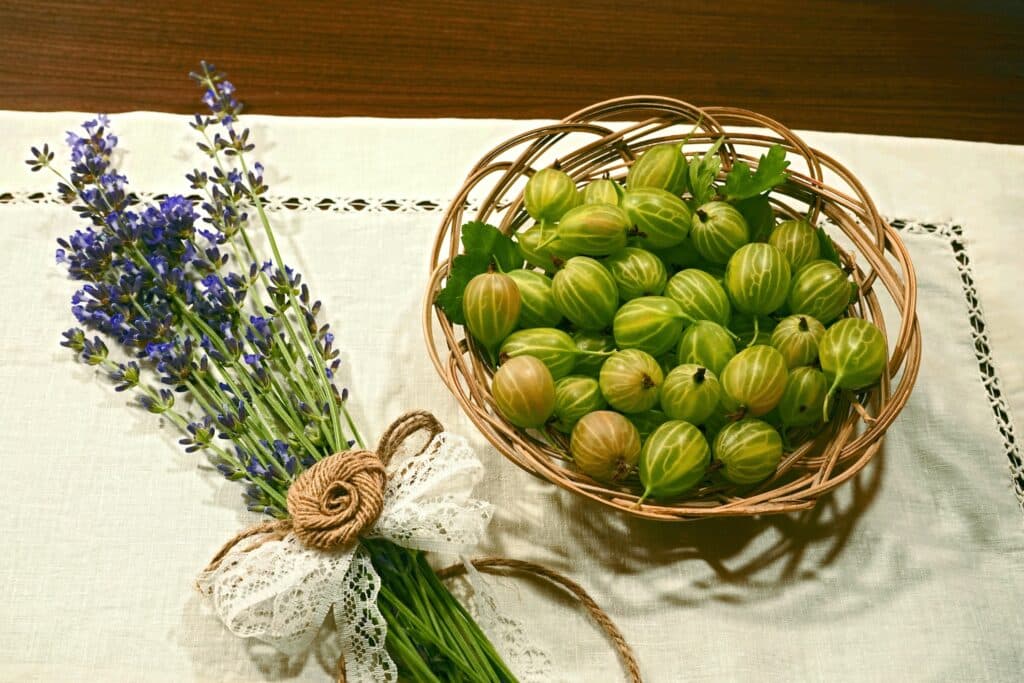
10. Une groseille blanche (A white currant)
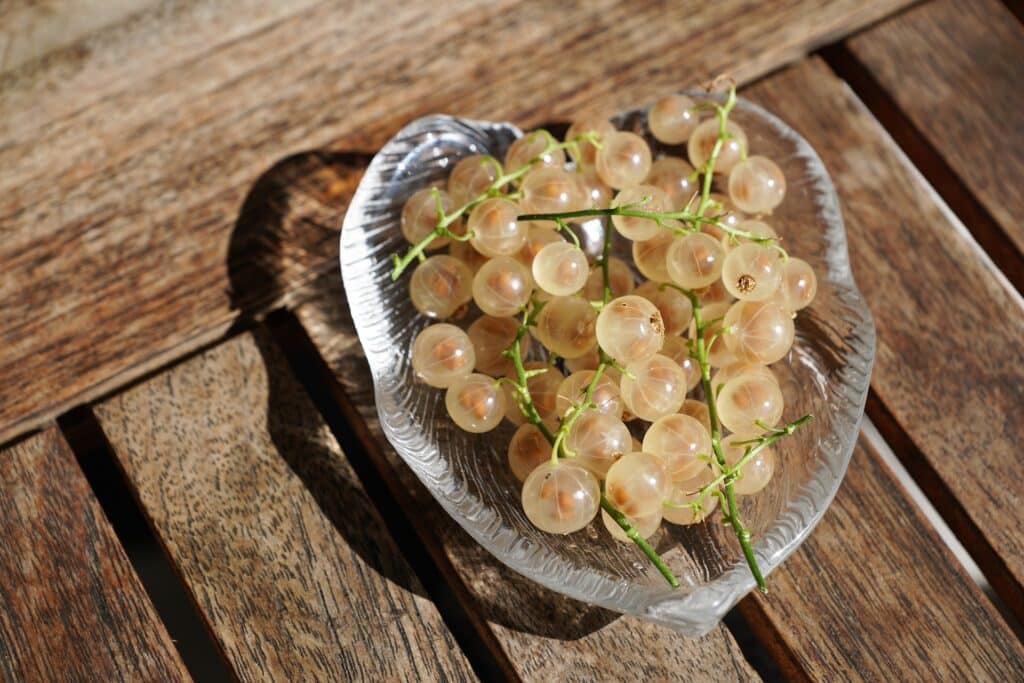
11. Une groseille rouge (A red currant)
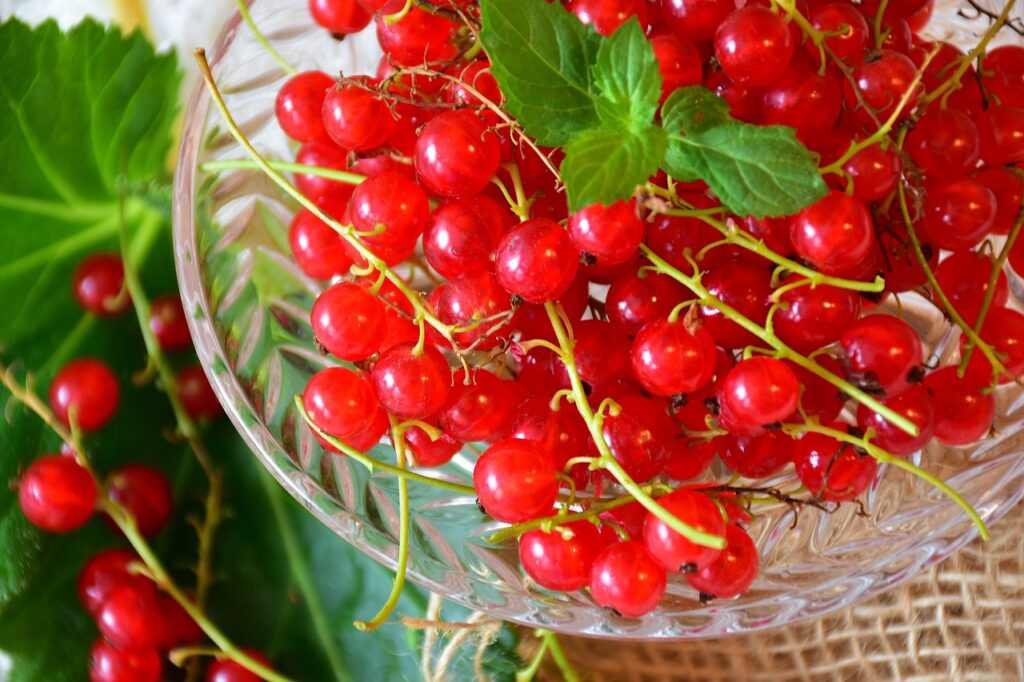
12. Une mandarine (A mandarin)
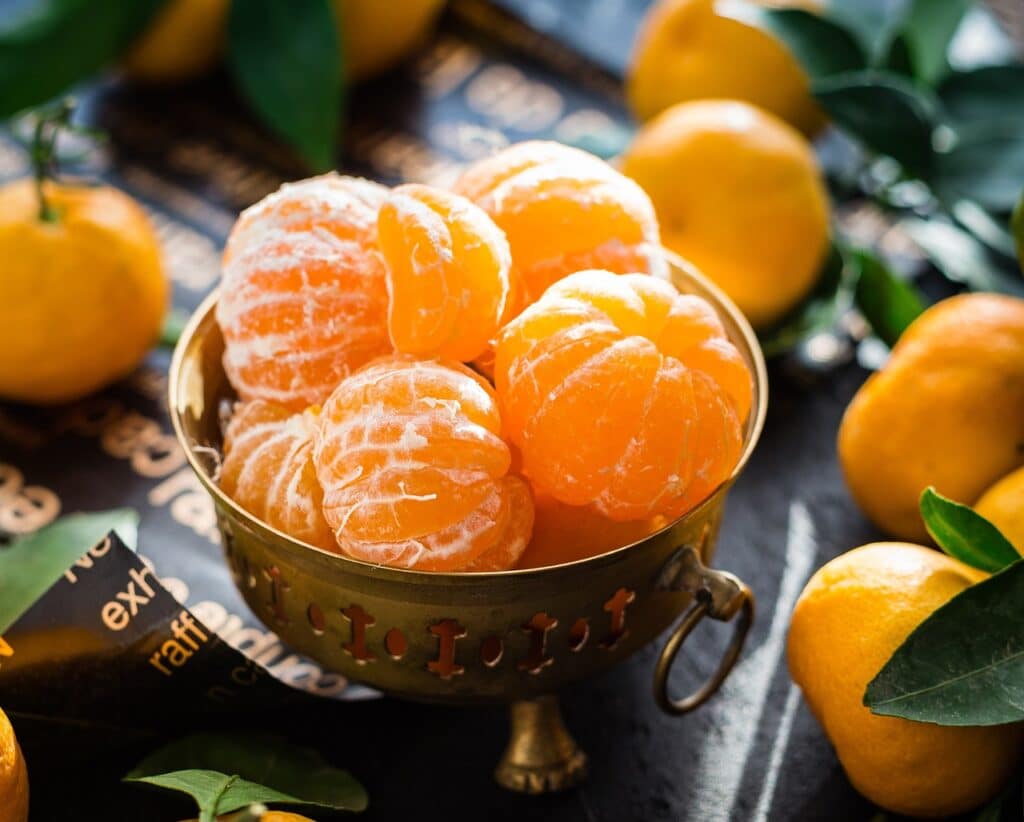
13. Un melon (A melon)
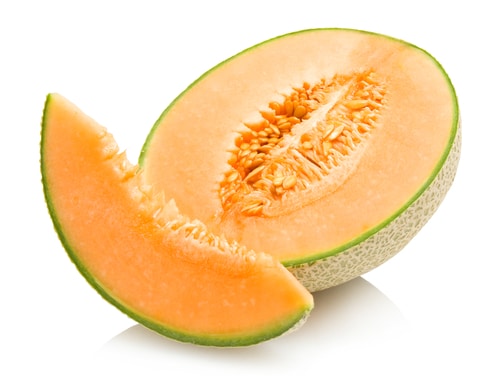
14. Un mûre (A blackberry)
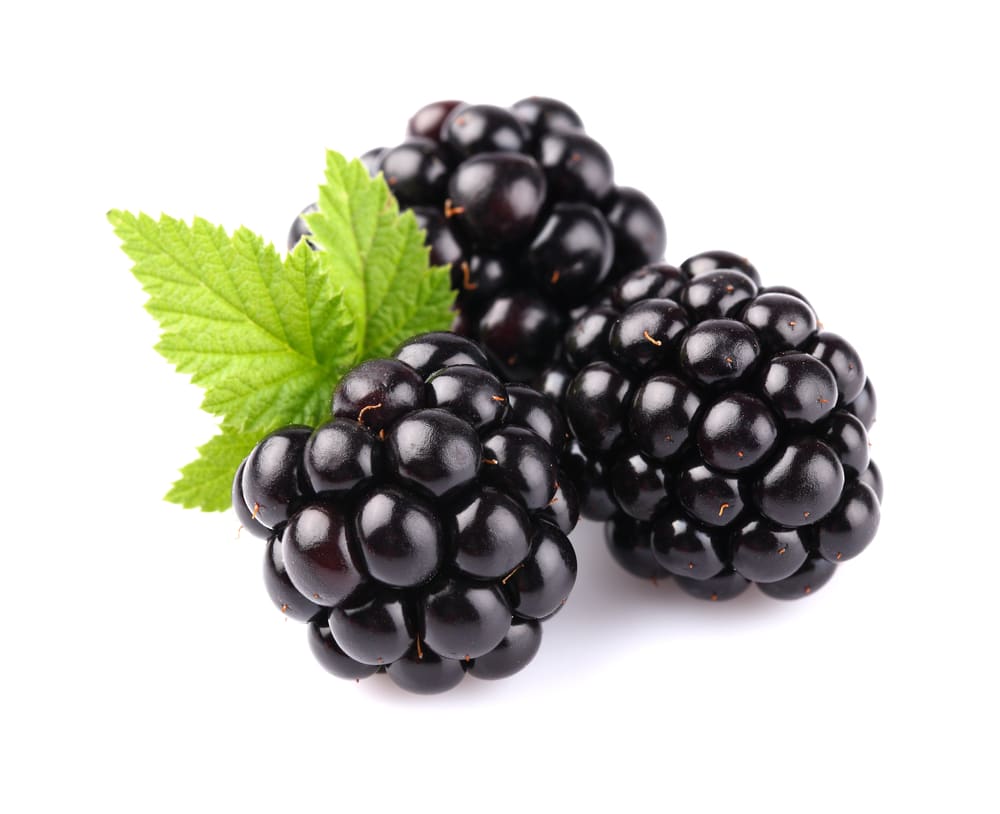
15. Une myrtille (A blueberry)
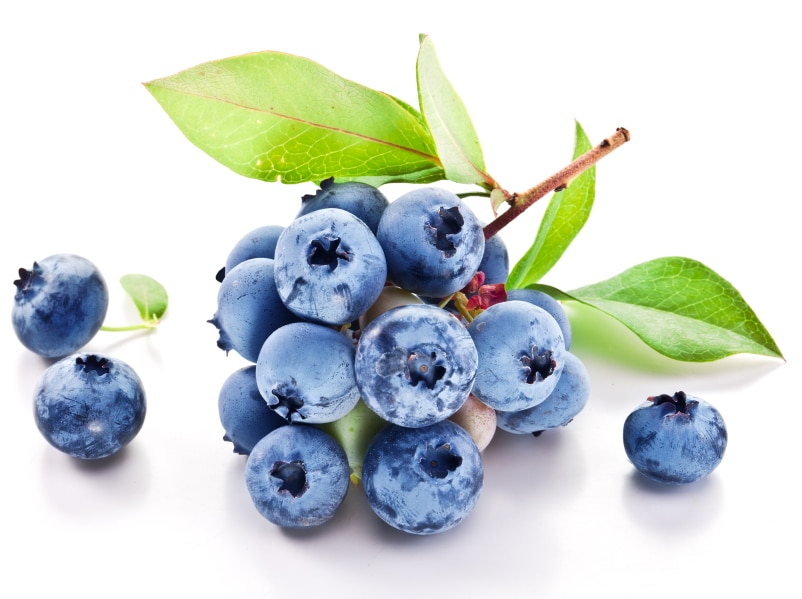
16. Une orange (An orange)
17. Une pêche (A peach)
Be careful! Don’t confuse the name of the fruit with le péché (sin). Rest assured, eating a peach is not sinful.
18. Une poire (A pear)
19. Une pomme (An apple)
20. Une prune (A plum)
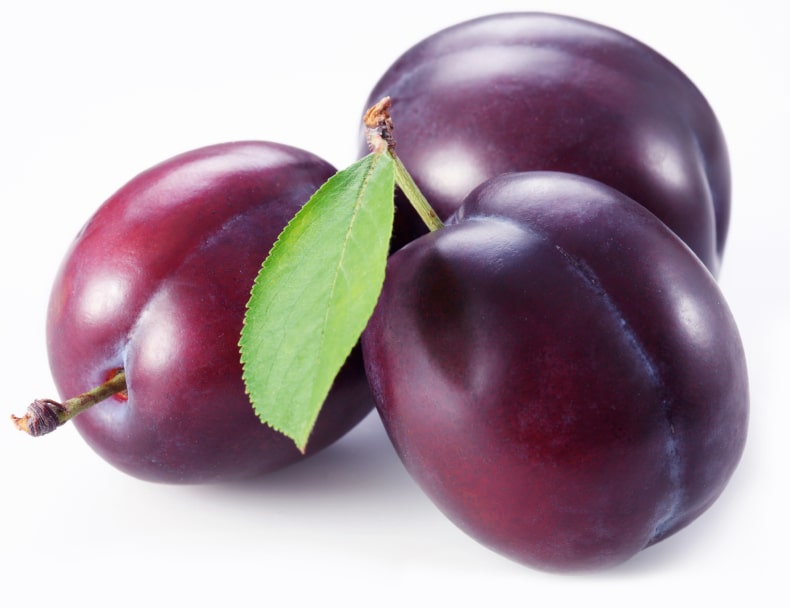
21. Un raisin (A grape)
No, that wasn’t a typo. That’s an example of a “false friend,” a foreign word that sounds like an English word but means something quite different.
The French word to use for a raisin is un raisin sec, which literally means “a dry grape.”
22. Une tomate (A tomato)
I am aware of the controversy over the status of tomatoes.
They’re included here because, whether fruit or vegetable, they’re quite popular in French cuisine, so it’s a key word to recognize.
Adventurous Fruits in French
If you want to expand your culinary horizons, these more exotic or adventurous fruits will take you to the next level.
23. Un ananas (A pineapple)
24. Un avocat (An avocado)
Beware: This is a homonym, meaning that un avocat, pronounced the same way and even spelled the same way, also means “a lawyer.”
Fortunately, “avocado” and “lawyer” are so different that the context should clearly indicate which definition is intended.
25. Un coing (A quince)
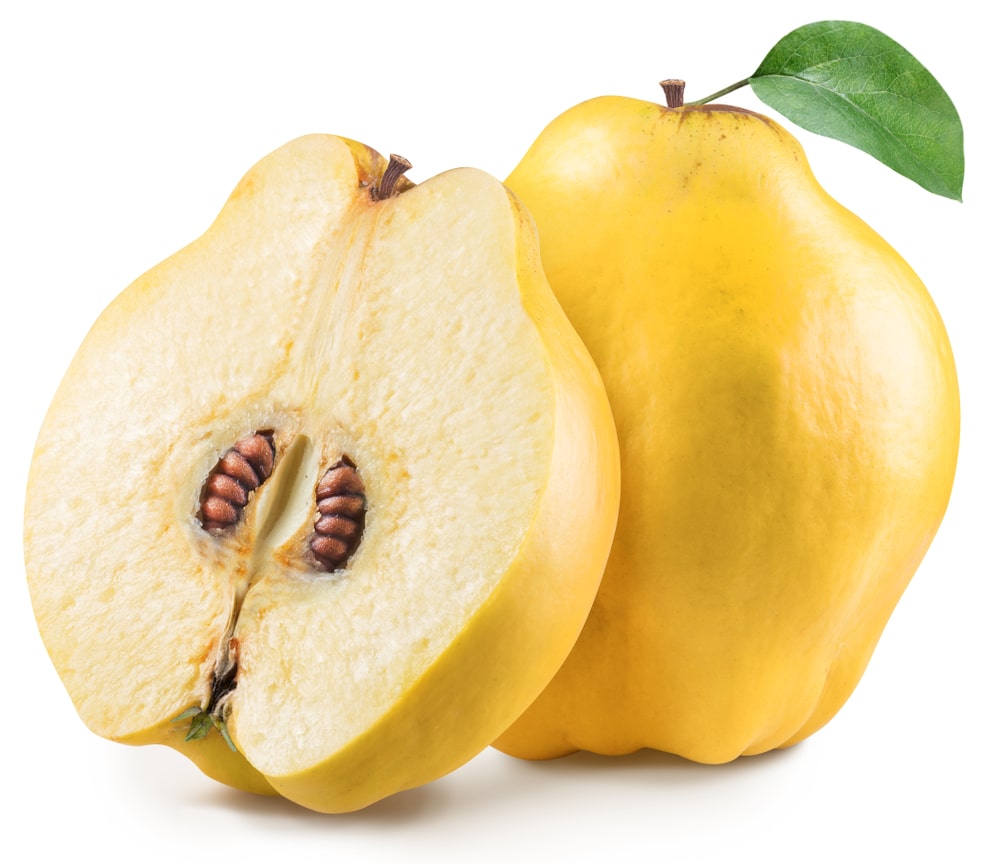
26. Une figue (A fig)

27. Un fruit de la passion (A passionfruit)
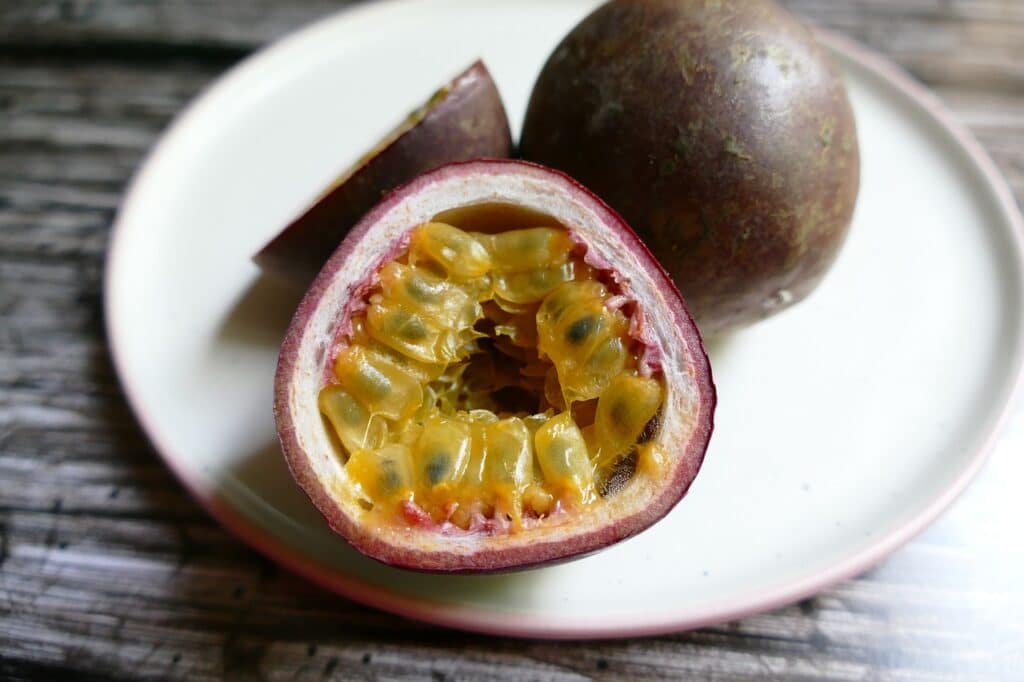
28. Un fruit du dragon (A dragonfruit)
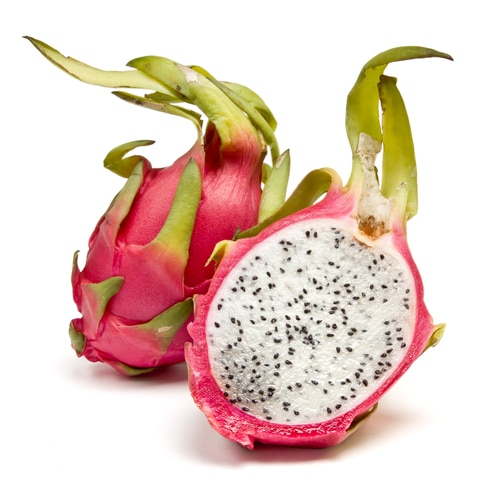
29. Une goyave (A guava)
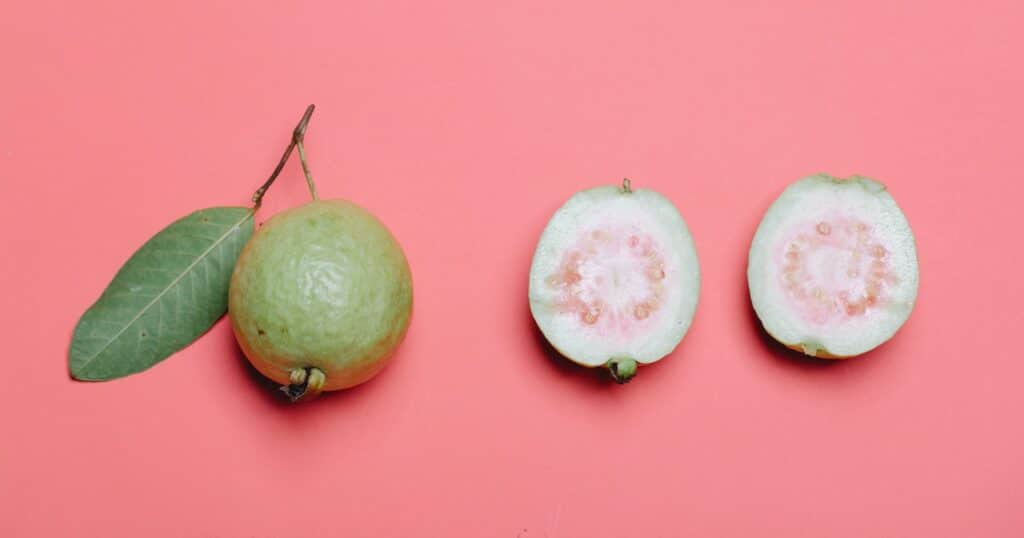
30. Une grenade (A pomegranate)
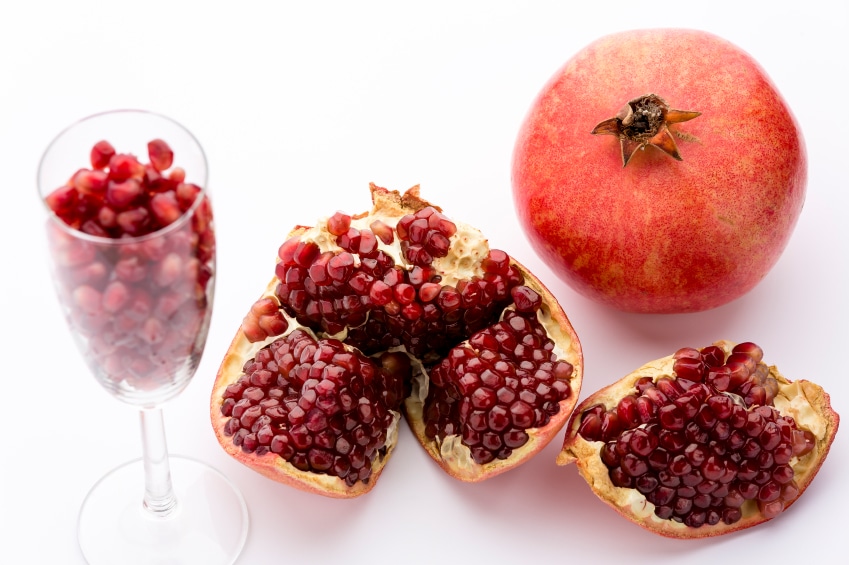
31. Un kaki (A persimmon)
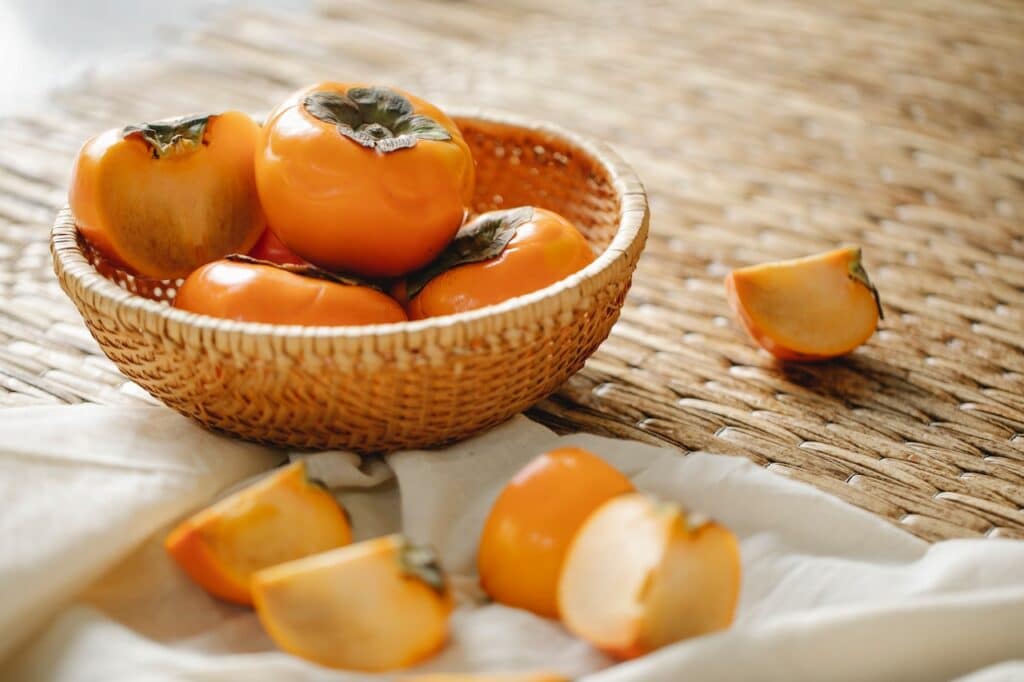
32. Un kiwi (A kiwi)
33. Un litchi (A lychee)
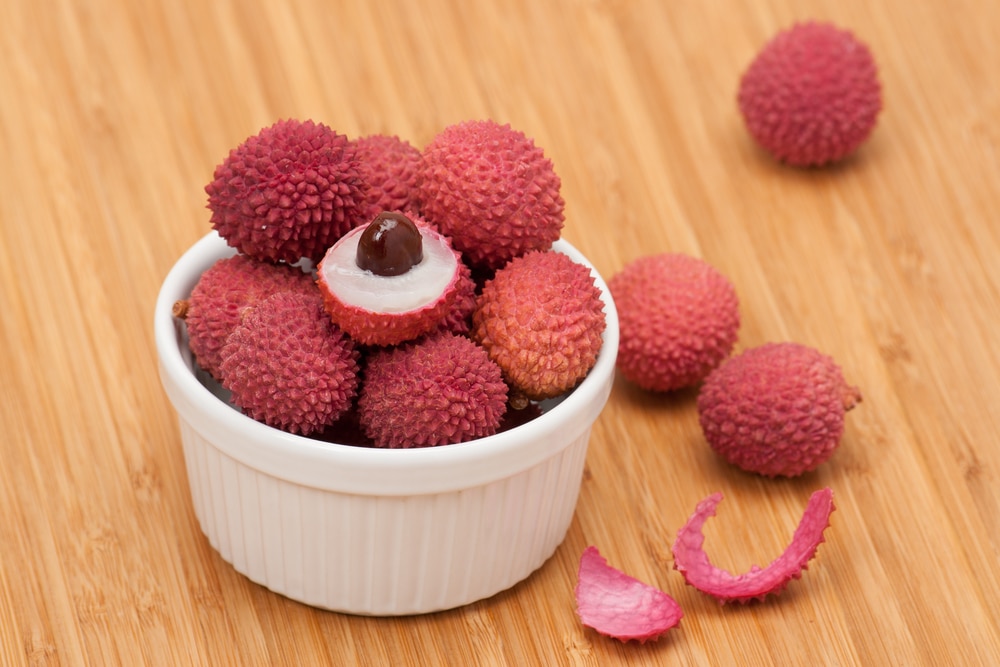
34. Une mangue (A mango)
35. Une noix de coco (A coconut)
36. Un pamplemousse (A grapefruit)
37. Une papaye (A papaya)
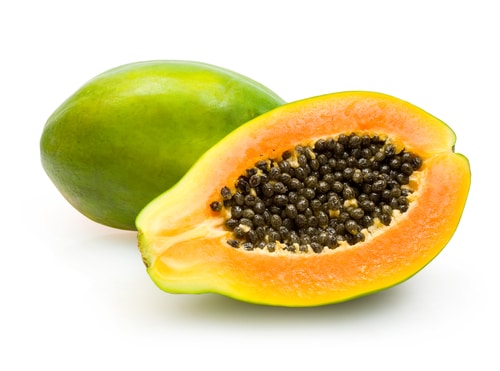
38. Une pastèque (A watermelon)
How to Buy Fruit in France
There are two main options for buying fruit: a traditional marché en plein air (open-air market) or le supermarché (the supermarket).
Shopping at an Open-air Market
An outdoor market is similar to a “farmer’s market” in the US. Vendors offer a dazzling variety of fresh fruits and vegetables. Sometimes, there are also stands boasting local cheeses, meats or baked goods.
Remember that France uses the metric system, so fruit is usually sold by the kilogram. Occasionally, you might see une livre, which is the French term for the American unit “pound.”
You can also ask for a certain number of whole fruits or, for berries, a certain number of barquettes (trays).
Browsing in the market is more personal than in a large grocery store. You’ll tell the vendor what you want, and you’re welcome to ask questions about the merchandise or make special requests (size, ripeness, etc).
Here are a few sample phrases you can customize to get just the right product:
Je voudrais cinq pommes. (I would like five apples.)
Avez-vous des bananes mûres ? (Do you have ripe bananas?)
Est-ce que les tomates sont bio ? (Are the tomatoes organic?)
Je prendrai deux barquettes de fraises. (I’ll take two trays of strawberries.)
Je vous dois combien ? (How much do I owe you?)
Shopping at a Supermarket
These days, larger supermarkets are quite common and certainly convenient.
However, there’s an important difference in France.
In most large stores, you’re expected to take the produce to one of the digital scales in that section.
You’ll choose the appropriate fruit on the screen (remembering the names of the fruits will greatly help you!) and place the bag on the scale.
The machine will weigh them, tell you the price and print a label to place on the bag so the cashier can scan it at the register.
If your fruit doesn’t have this label, the cashier may send you back to the produce area. This happened to me on my first trip to France.
But don’t worry, it’s a common, forgivable mistake!
How to Talk About Fruit in Drinks and Cuisine
Let’s look at some common ways fruit is consumed in France:
Talking About Fruit Juices
Le jus de followed by the name of a fruit is how one would describe a certain kind of juice.
For instance, a traditional French breakfast might include un croissant (a croissant), un café (a coffee) and un jus d’orange (orange juice).
Many cafés offer a variety of fresh juices, from jus de pomme (apple juice) to the more exotic jus d’ananas (pineapple juice).
Talking About Tea Infused with Fruit
You may have learned that le thé means “tea,” which is true unless you’re talking about herbal tea. In English, we use “tea” for almost any beverage in which plants are steeped in hot water.
The French are more precise. Thé only denotes the drink made from the camellia sinensis plant, more widely known as black tea or green tea. (Yes, I’m a tea snob.)
A beverage made by adding hot water to dried herbs or fruits is properly called either une tisane or une infusion . The two terms are relatively interchangeable.
To talk about the drink’s contents, you’d again employ de (of, from) and the name of a fruit. For instance, you might unwind with une tisane de citron et de gingembre (lemon ginger tea).
Talking About Jam
French bread is wonderful—crisp on the outside, soft as a cloud on the inside. La confiture (jam) could make it even grander.
Once more, de and a type of fruit would specify the jam’s contents, as in la confiture de framboise (raspberry jam).
Jam of all kinds is highly popular in France, another sign of the French love affair with fruit. They even have a cookbook devoted to jam.
Asking for Fruit-flavored Food
Unfortunately, we cannot cover every use of fruit in French cuisine! One last handy phrase that’ll help you recognize the flavor of many foods is au (a combination of à and le), à la and aux (a combination of à and les).
Each of these literally means “to the,” but when followed by a fruit or flavor, like chocolat (chocolate), the phrase expresses what the food tastes like.
You’ll find this highly versatile construction with all kinds of food, especially sweets.
So, what will it be? La glace à la fraise (strawberry ice cream), la tarte aux fruits rouges (berry tart) or un macaron à la noix de coco (coconut macaron)?
Where to Practice Fruits in French
Remembering the names of fruits will help you in many contexts—reading labels at a grocery store, ordering at a restaurant, finding the right pastry at a bakery, etc.
But it takes practice. Try a few of these resources to solidify your learning.
- FrenchPod101.com. Here, you’ll find a flashcard set with 22 fruits. FrenchPod101.com has plenty of other cool resources too, like videos and audio recordings. In addition to vocabulary and grammar, you’ll learn interesting French cultural lessons.
- ToLearnFrench.com. This site has a straightforward matching quiz. You’ll see a picture of a piece of fruit (the graphics might be a bit corny, but you’ll get the point) and choose the correct French word for it.
- French Games. This site offers a basic tutorial on fruit names, after which you can take a quiz or, as the website’s name implies, play games incorporating the vocabulary.
- Learn French with Alexa. This video teaches you the names of ten fruits and includes an oral quiz, a beneficial way to hear the words and review.
- Ouest-France. Here’s an article, in French, about a survey conducted to discover what the 10 most popular fruits are in France. If you’re a beginner learner, you probably won’t be able to read it entirely, but you can at least identify what the top 10 fruits are and get a sense of the importance of fruit in French culture.
FluentU takes authentic videos—like music videos, movie trailers, news and inspiring talks—and turns them into personalized language learning lessons.
You can try FluentU for free for 2 weeks. Check out the website or download the iOS app or Android app.
P.S. Click here to take advantage of our current sale! (Expires at the end of this month.)
These French fruit words don’t simply make up another vocabulary list to memorize.
They’re an invitation to experience French culture and engage your senses.
Bon appétit!
Download: This blog post is available as a convenient and portable PDF that you can take anywhere. Click here to get a copy. (Download)
And one more thing...
If you like learning French on your own time and from the comfort of your smart device, then I'd be remiss to not tell you about FluentU.
FluentU has a wide variety of great content, like interviews, documentary excerpts and web series, as you can see here:

FluentU brings native French videos with reach. With interactive captions, you can tap on any word to see an image, definition and useful examples.

For example, if you tap on the word "crois," you'll see this:

Practice and reinforce all the vocabulary you've learned in a given video with learn mode. Swipe left or right to see more examples for the word you’re learning, and play the mini-games found in our dynamic flashcards, like "fill in the blank."

All throughout, FluentU tracks the vocabulary that you’re learning and uses this information to give you a totally personalized experience. It gives you extra practice with difficult words—and reminds you when it’s time to review what you’ve learned.
Start using the FluentU website on your computer or tablet or, better yet, download the FluentU app from the iTunes or Google Play store. Click here to take advantage of our current sale! (Expires at the end of this month.)
